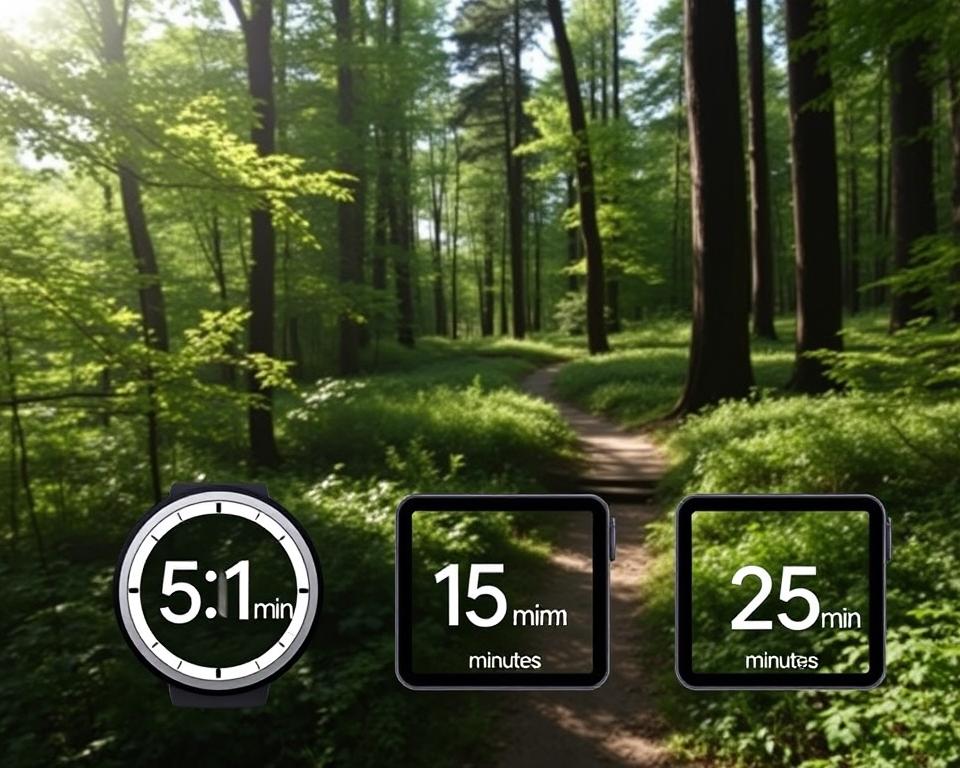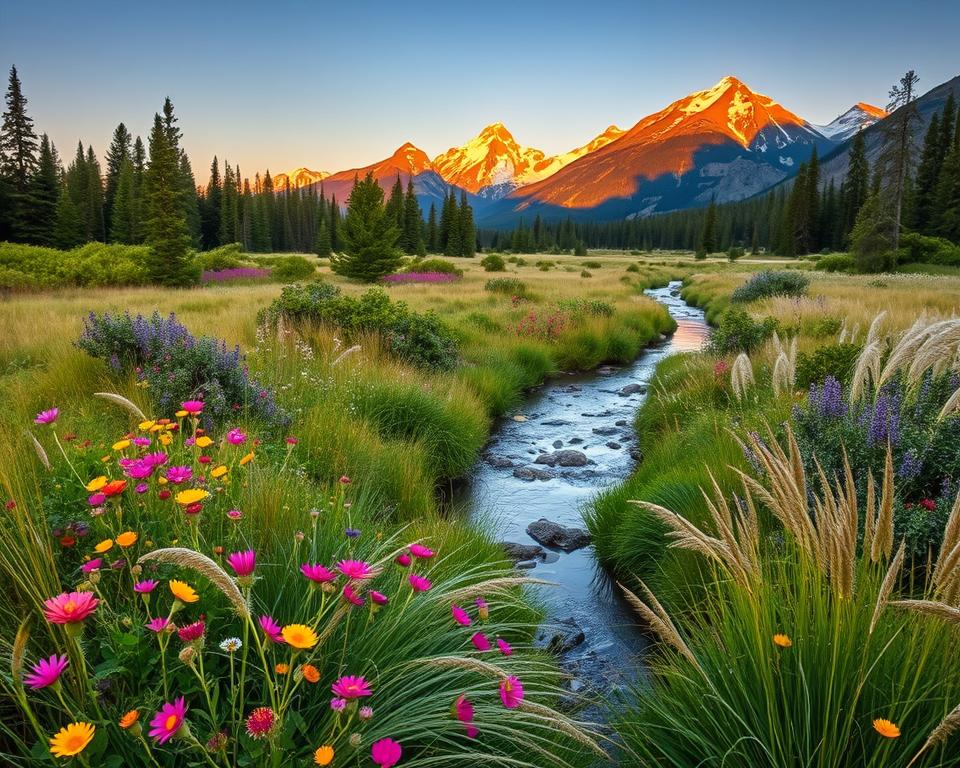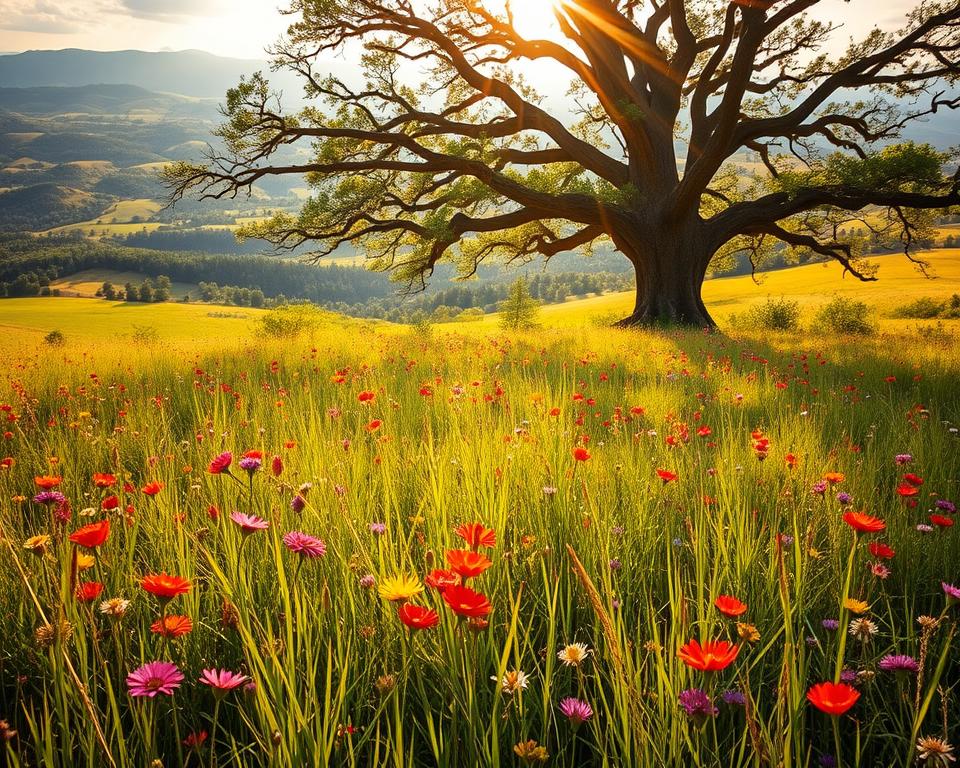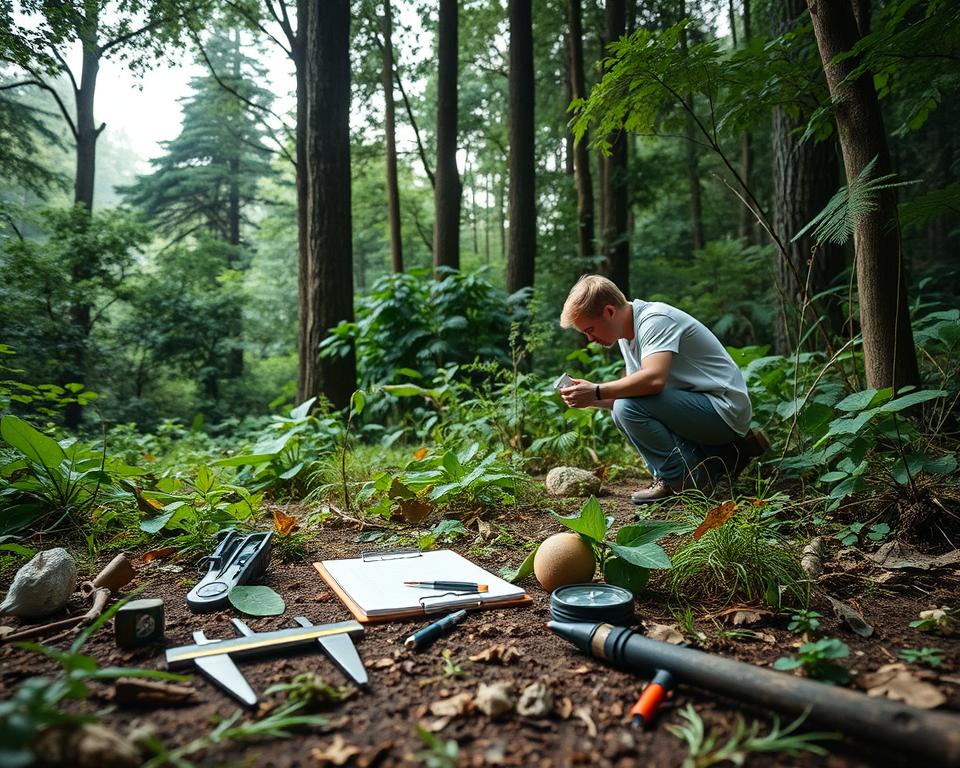Оголошення
Can a five-minute step outside change how you see the world?
You came here to learn how to Nature in 2025 with clear, practical steps you can use today.
This guide meets you where you live and work. It fits busy routines and varied access to parks.
You will find short examples, updated cultural context, and plain suggestions for bringing nature into your home and block.
Ideas include window herb pots, quick sun breaks, and noticing bird calls on regular routes.
Expect friendly prompts and small goals that build a steady з'єднання.
This checklist shows simple ways to observe light, sound, texture, and pattern.
It points you to reliable discussion and recent research і news, and it asks you to fact-check local guidance.
For printable walk ideas and scavenger pages, see outdoor activity pages.
Start here: why how to Nature matters in 2025
In 2025, screen time and constant alerts shape most days, so short, intentional breaks can help you reset. Many people spend long hours online, which cuts down the time spent outside and lowers chances for simple restorative moments.
Оголошення
What this beginner checklist will do: offer practical, low-effort ways you can try this week. You’ll get small examples that fit busy lives: a quick walk, eating outdoors, or sitting by a sunny window. It highlights current research conversations about effects on focus and mental health without promising cures.
What it won’t do: make health, environmental, or financial claims or promise one universal solution. Instead, it invites you to notice your own feelings and adjust steps that fit your needs.
- Respect safety and local rules; check access and lighting at night.
- Adapt ideas for limited mobility, time, or park access with plants or soundscapes.
- Use prompts that shift attention to light, texture, or sound for brief mental reprieves.
You can read more on why outdoor moments matter at why nature matters.
Оголошення
how to Nature: simple first steps that fit your day
Choose one simple goal you can keep for seven straight days. Pick a small promise that fits your schedule and your block.
Set a realistic goal. Try “step outside for three minutes after lunch” or “notice one tree on my block each day.” This makes the plan easy to repeat.
Set a realistic goal for your next seven days
Anchor the habit to something you already do. After your first coffee, before a meeting, or right after work are good anchors.
Choose your place type: park, sidewalk trees, balcony, or window
Pick one primary place that matches your route. If a park is far, use micro-spaces you pass: a bus stop planter, courtyard, or a window that frames the sky.
- Start with one small thing to notice: light on leaves, cloud shapes, or bark patterns.
- Keep walks short. An приклад: five minutes along the block, turn once, and head back.
- Log one sentence per day in a note app. One focused minute counts when time is tight.
After a week, revisit the goal and adjust the place or time so it stays realistic and useful.
Bring the outdoors closer: at home, on your block, and in green spaces
Bring small green moments into daily life with setups that fit apartments, stoops, and yards. Use low-cost options and sensory choices so you can notice sight, scent, and sound without a big project.
Indoor nature on a budget: Start with supermarket basil, mint, or rosemary placed by a sunny window. A single houseplant adds texture and scent, and a chair by that window becomes a curated pause spot.
Small-space ideas
Balconies and small gardens work well with one container each for flowers, herbs, and salad greens. Add a compact bird feeder where rules allow and watch local species from a safe distance.
Local micro-adventures
Plan a weekly 10–15 minute outing: a short walk to the nearest park, a stroll down a tree-lined street, or a pause by water like a fountain or pond. Pack a tiny kit—pocket notebook, pencil, and a phone on airplane mode—to notice more without extra gear.
- Place two or three low-cost plants near the window you use most.
- Mix a small garden container with herbs and salad greens for scent and texture.
- Create a soundscape corner with long-form rain or forest recordings for reading or sketching.
- Rotate setups seasonally so your green spaces stay lively year-round.
Keep it simple: a few regular things done well will make nearby places feel richer and more inviting.
Micro-practices by time: five, fifteen, and twenty-five minutes
Short, time-boxed outdoor moments fit neatly into busy days and give your attention a simple reset.

Five-minute reset
Step outside and let the sun or breeze touch your face. Notice three small details—one color, one sound, one texture.
If you can, go barefoot on clean grass. If not, touch a leaf, bark, or a smooth stone to ground your attention in one thing.
Fifteen-minute focus
Take a steady neighborhood walk at an easy pace. Match breaths to steps and scan for repeating patterns like evenly spaced trees.
Or loop a familiar block during the day and count colors you notice. This keeps the practice light and simple when work or errands fill your time.
Twenty-five-minute break
Eat outside on a bench or take a call outdoors with your phone on silent. Look up every few minutes and name one thing you see.
Try a new path nearby and pause twice to listen; name three sounds each time before you move on.
- Work-from-home tip: set a calendar nudge titled “step outside” so this becomes a regular habit, not a someday plan.
- Bad-weather plan: shorten the route, wear a hood, or use an indoor plant corner and a nature soundtrack.
- Repeat what feels doable; small sessions add up when you get outside with a simple cue and end with one sentence about what you noticed.
Sharpen your senses: attention, birds, and creativity outdoors
A quiet moment outside can sharpen your senses and spark simple creative play.
Attention tune-up
Try a two-minute check: stand still, soften your gaze, and name five things you hear. Then list three textures you can feel on your skin.
As a quick example, pick a small scene—a branch or patch of grass—and study it for sixty seconds. Draw ten quick lines that capture its shape.
Bird moments
Notice a short call, a hop, or a circle above on your route. Jot where and when you saw each bird and a simple feature like tail shape.
The book What the Robin Knows shows how watching one species can build a steady connection over weeks.
Hands-on creativity and senses
Carry a pencil, a notecard, and a scrap of tape. Sketch leaf veins, compare patterns, or build a tiny collage from fallen, legal items.
Listen for wind in branches, the buzz of insects, or water gurgles. Smell pine or damp earth and feel bark grooves with a gentle touch.
- Practice micro-sets: 30s listen, 30s look, 30s touch; repeat twice.
- Respect the natural world: observe, photograph, and avoid disturbing nests.
- Track small gains in your abilities and enjoy low-pressure creativity sessions.
Rhythms, light, and sky: seasons, twilight, and stargazing
The sky and shifting light offer easy markers of time—pick a spot and observe it each week.
Walk one spot through the seasons
Choose a nearby bench, a front yard, or a single tree and visit it on the same weekday.
Make a quick photo log from the same angle. Over months, you will notice changes in color, bud growth, and leaf fall.
Mark small life events: first bud, first song of an insect, first frost. Those notes turn passing weeks into a visible story.
Twilight and night sky: safe, simple ways to look up and unwind
At twilight, pick a safe, familiar place with clear sightlines. Watch the sky move through blues and pinks as city sound eases.
Try a short night routine: once a week, look up for two minutes. Find the brightest object, then locate one constellation using a trusted star map.
Bring a friend or use well-lit routes for evening walks. Check park hours and follow posted rules before heading out after dark.
- After rain or hot days, pause by a pond or fountain and notice how вода reflects light.
- Keep gear simple: a light layer, a small flashlight with red mode, and a notes app for quick entries.
- Follow local guidance on fires; use designated areas only and leave the place as you found it.
Treat skywatching as part of your weekly rhythm. A few minutes can become a steady part of your life and a gentle way to connect with the wider світ.
Висновок
Wrap up your practice with a few steady steps that fit your day and your block. Pick a place, set a short time window, and notice one or two details. Small habits can add up and may support your mental health without grand promises.
Treat these actions as simple cultural practices. Try a quick sun check, a short walk, a window herb pot, or a two-minute sky pause. Track a few notes so you can see what changes in mood, focus, or stress you notice.
Respect your local rules and safety, invite children when it feels right, and choose nearby parks or safe streets. Compare trusted research and books before you change routines, and keep learning at your own pace.



